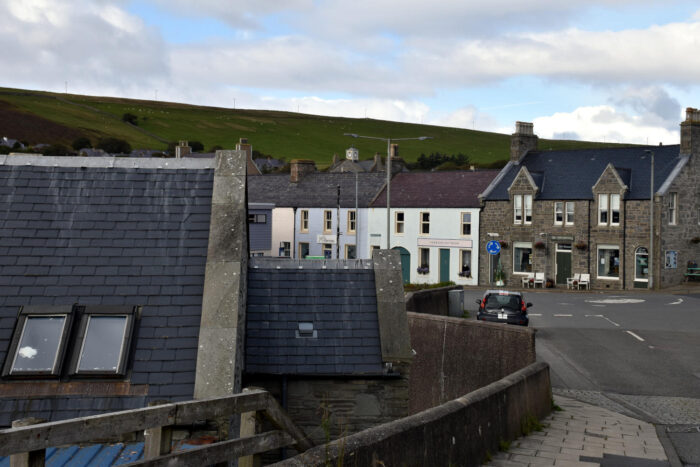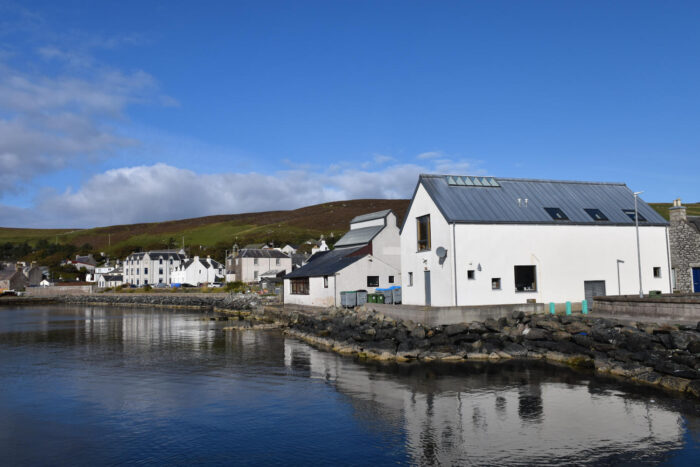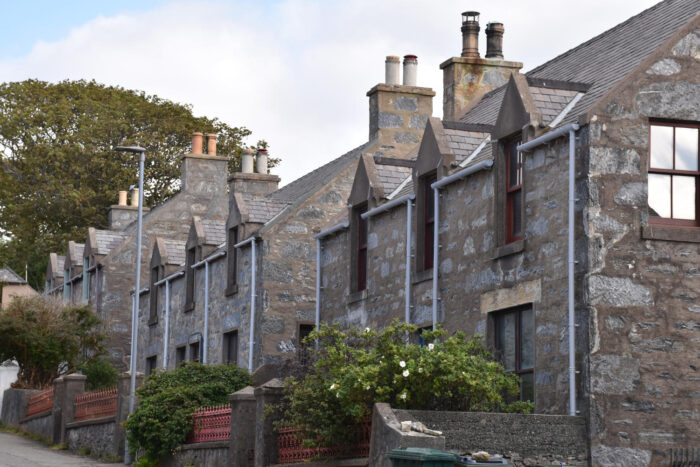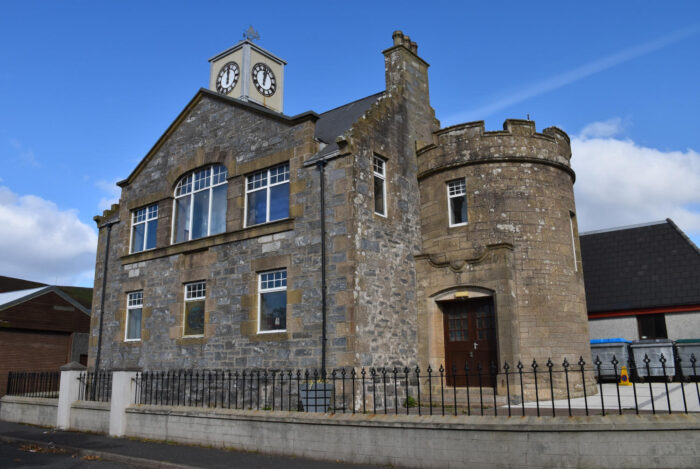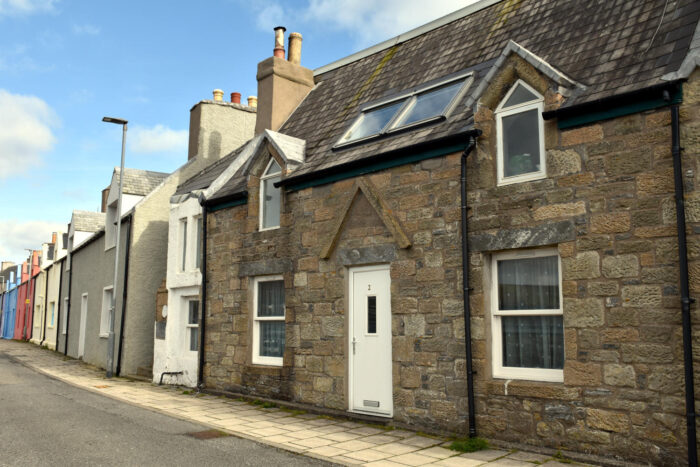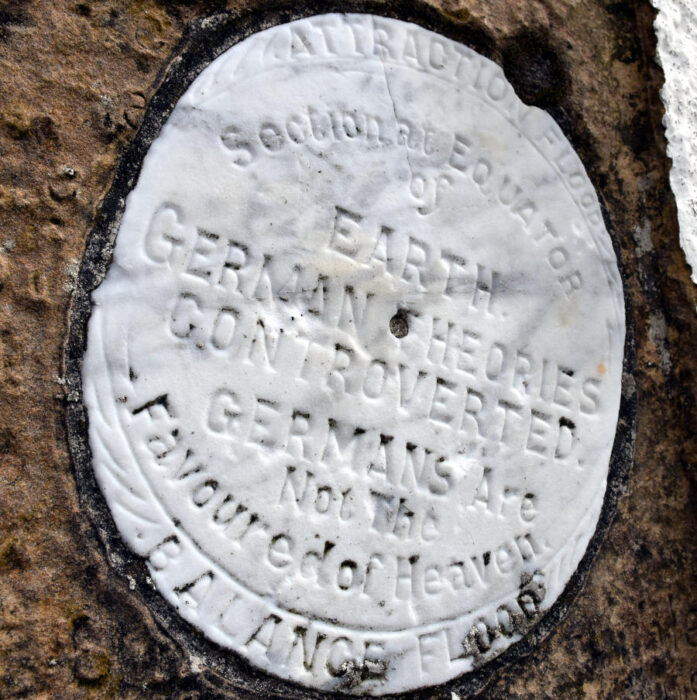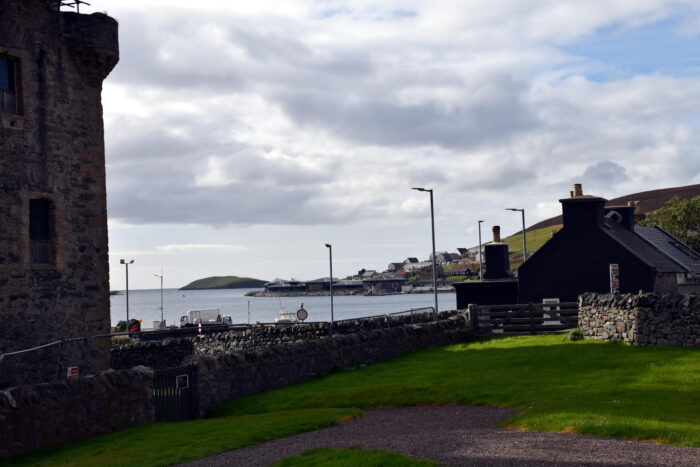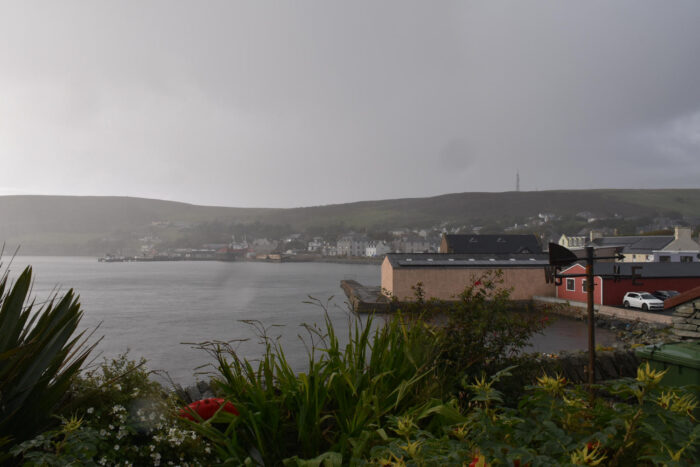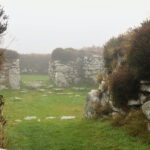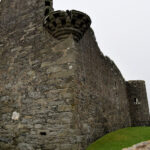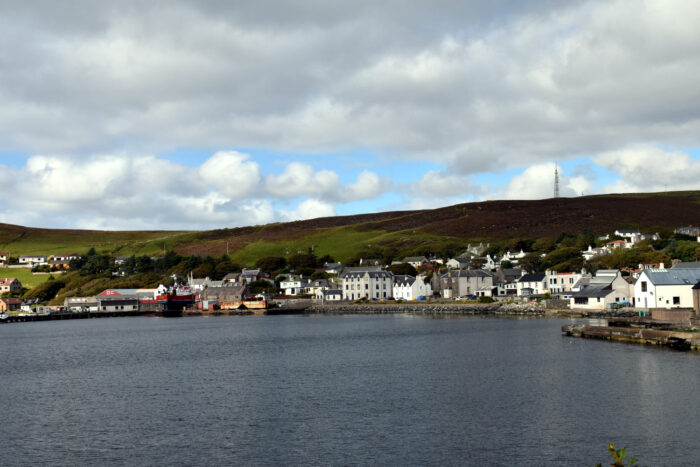
So Scalloway, population about 1000, is on the opposite side of the island, about 10 minutes drive. Until the early 18th century, it was the capital of Shetland.

The plaques along the street say the main industries now are fishing and oil and associated industries
The “Muckle Kirk” or “Big Kirk”, as it is known locally, was built by the Church of Scotland between 1840 and 1842 to serve the needs of the expanding population of Scalloway and its outlying islands. Before that time, although a few small chapels existed in the area, the nearest established church was at Tingwall, over three miles (5km) away.
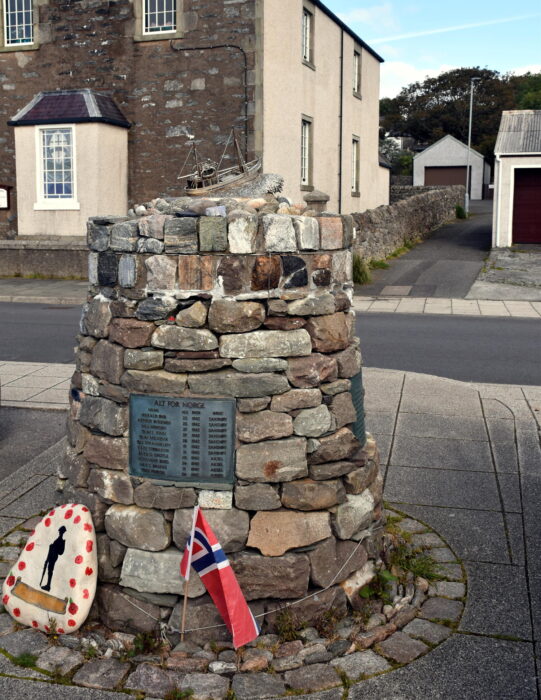
The Shetland Bus Memorial. From World War II, the story is interesting. Half the museum is abut it. It needs its own post, I think.

The signs amuse me. Not so much because the street names change, they often do if usually not this much, but they felt the need to record it. Quite sensible, in a way, especially for any passing time travellers.

The main street stretches around the harbour. The next photos are from that bit on the right half of the photo.

The Muckle Haa, built about1750, is the local equivalent of a manor house. According to a nearby panel, about the time it was built, the daughter of the family married a guy by the name of James Scott, by which he gained control of the estate. “This gave him the right to pursue his activities as a merchant by exploiting the fisherman and farmers of Scalloway and the rich Tingwall valley.” I think whoever wrote the panel wasn’t a fan of James Scott.
Now, just to the left of the big house, can you see the ruins of a little cottage?
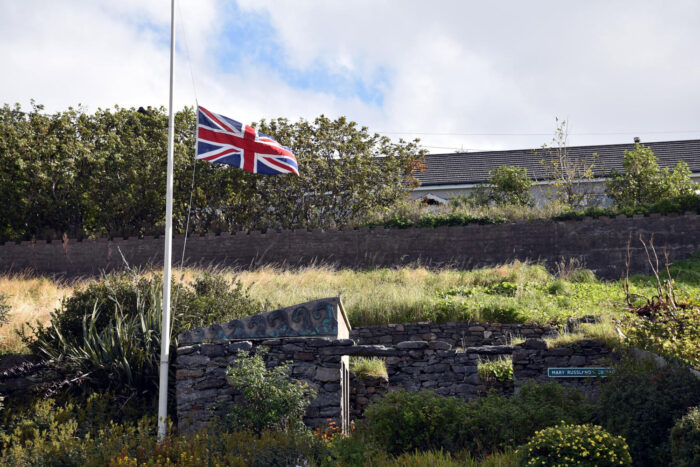
Mary Russland’s cottage. Born in the 1850s, she never know who her father was but believed him to be a Spanish fisherman. Thus she considered herself to be better than the locals.

New Street, says the nearby panel, was established in the 1700s, but the one and half-storey houses with dormers date from about 1890 to early 20th century.

The nearby panel says “At the sound end of the terrace is a house called Da Noost, formerly known as Johnson’s Buildings, built by William Johnson a mason, monument sculptor, inventor and local philosopher. . . . In 1910 Johnson added a curious sandstone plaque with a marble insert of the Earth to the wall of his house. He had his own theory of the cause of the diurnal ocean tides and knew that the moon was responsible, but when a German scientist measure accurately the amount by which the moon raises the surface of the earth (Earth Tide), Johnson disagreed that the moon was involved. He believed the Earth Tide was due to the sun’s attraction. He expressed his indignation on the marble carving.”

Scalloway Castle is closed, well, you can probably see why. The signs nearby basically said we’re doing repair work and undoing the damage the previous conservators did. (Remember children, modern mortars and old buildings don’t mix.)
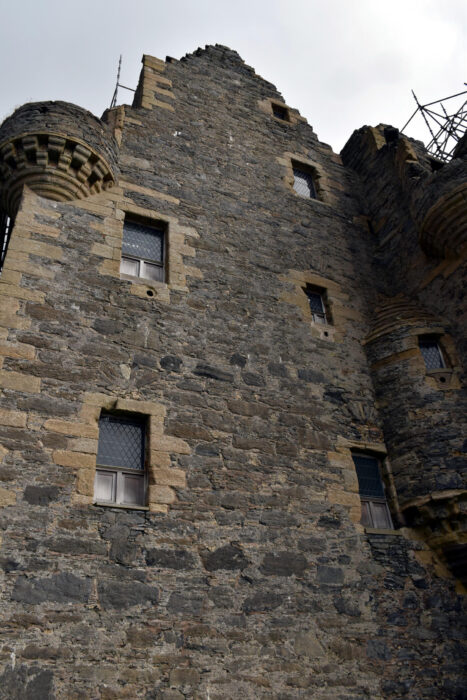
It’s actually a tower house but, along with Muness, it’s the only castle-thing Shetland has.
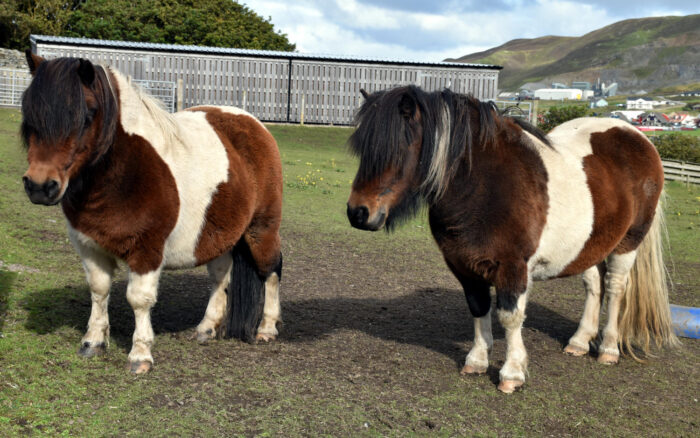
Heidi (mum on the left) & Yggdrasil live beside the museum/castle.
